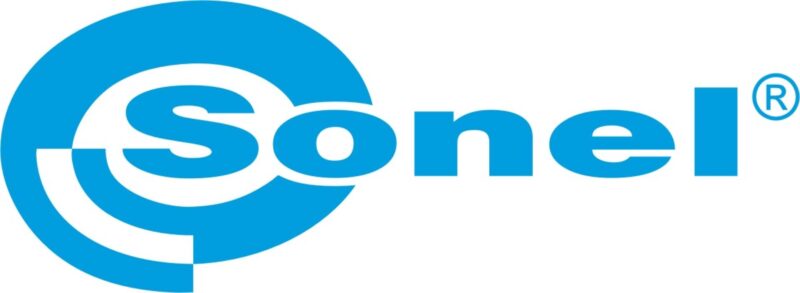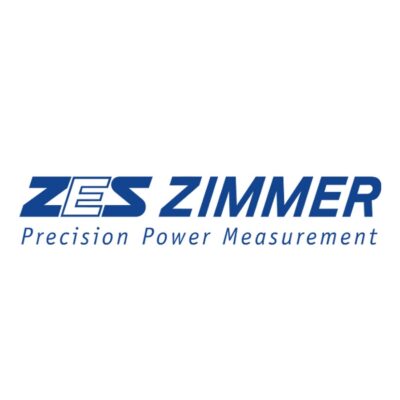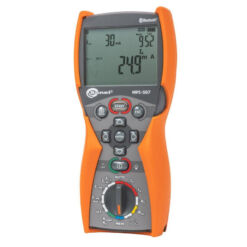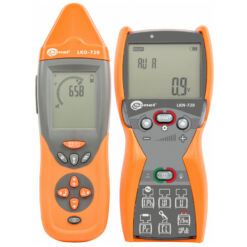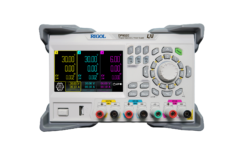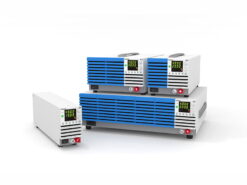Online Shop
-
Sonel MPI-507
In Stock
₪4,000.00 VAT not included Add to basket -
₪6,950.00 VAT not included Add to basket
-
₪2,500.00 VAT not included Add to basket
-
₪3,500.00 VAT not included Add to basket
New Products
-
₪3,143.00 VAT not included Add to basket
-
Rigol DH0924S
In Stock
₪3,985.00 VAT not included Add to basket -
₪2,791.00 VAT not included Add to basket
-
Kikusui PWR-01 Series – 400W Model
In Stock
-
Magna Power SL Series
Available on back-order
-
b2 HVA68TD
Available on back-order
-
OMICRON COMPANO 100
Available on back-order

We are Wise-Tech
Since 2006, we have been representatives of leading companies in the industry and provide our customers with advanced testing solutions suitable for different and varied applications.
Contact us

